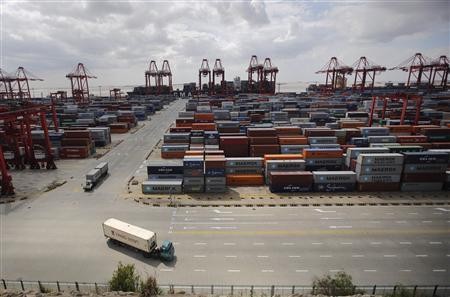China, along with 15 other nations, signed a joint declaration on a trade pact during the recently concluded ASEAN meetings on Sunday, Nov. 22. The trade pact will give way for the Regional Comprehensive Economic Partnership (RCEP) set to be implemented in 2016, China Daily reported.
Under the RCEP, 16 countries will speed up the reduction of tariffs for trade goods. 65 percent of tariffs on trade will be dropped during its first phase, and an additional 20 percent will be eliminated within 10 years. Finally, the remaining 15 percent will be gradually reduced from 10 to 5 percent in the years to come.
The RCEP is expected to be larger than the 12-nation Trans-Pacific Partnership (TPP), which includes Brunei, the United States, Japan, Australia and New Zealand.
Premier Li Keqiang expressed China's utmost commitment to finalize RCEP negotiations for its implementation next year.
Gao Yan, China's vice minister of commerce, has also reiterated China's support of the RCEP at a media briefing last week. With 10 rounds of talks and four rounds of ministerial-level meetings done, the early finalization of the RCEP, according to Gao, would greatly increase confidence.
Together with the TPP, the RCEP can pave the way to the creation of a free trade zone that encompasses the world's largest population as well as 27 percent of the global GDP.
The RCEP will also help compensate ASEAN members who chose not to join the TPP pact. However, some experts maintain that the two pacts are competing and overlapping characters.
"China has been pushing to advance free trade in the whole Asia-Pacific region, but the U.S. selected only a group of countries in the region to establish the TPP," said Ding Yifan, an economist from the Development Research Center of the State Council.



























